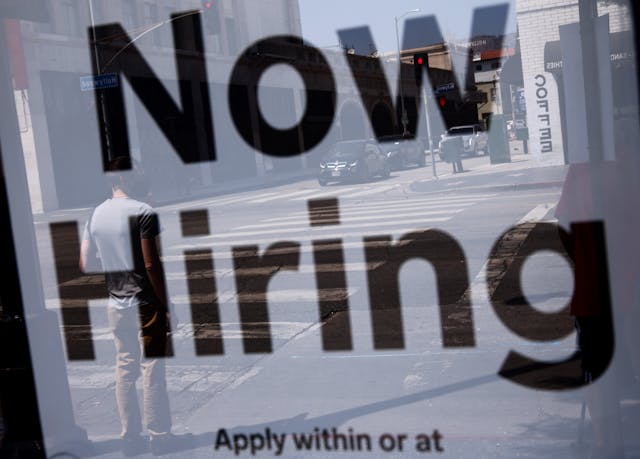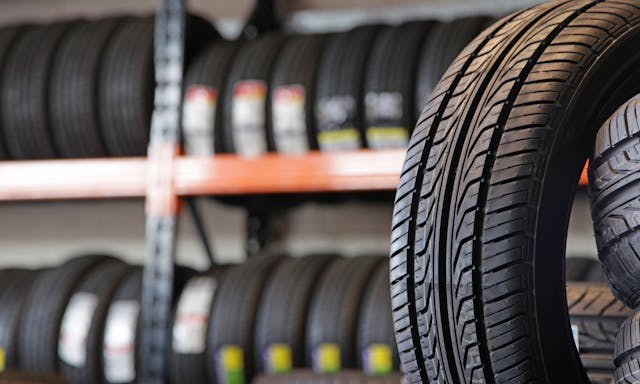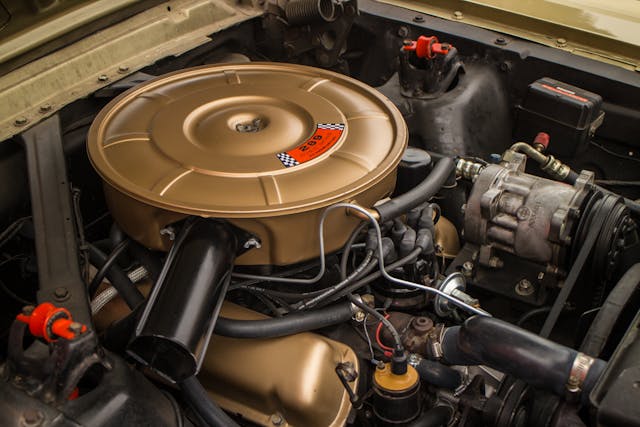“The mother of all bullwhip effects”—How supply chain woes are impacting classic cars
Eric Peratt, owner of Pinkee’s Rod Shop in Windsor, Colorado, enjoys plenty of demand for his custom-build hot rods, which can take 18 months to complete. But fulfilling orders these days is coming with an increasing number of headaches.
“If we order a chassis, they’ll ship it to us without parts,” he said. And, instead of waiting the typical two months for complete chassis, orders are taking six months to receive an incomplete one. Radiators, high-performance axle shafts, and intercoolers are also affected.
“I spend way more time on the computer and calling people and scouring the internet [for parts],” he said. In many cases, Peratt will find a part that isn’t quite right for the vehicle he’s working on, and modify it. Where he once dealt with a half-dozen suppliers, he now needs to search far and wide for components that can cost 40 percent more than they did the last time he bought them.

Supply chain woes are weighing on nearly every corner of American life, with buyers of everything from Starbucks breakfast sandwiches to baby diapers facing supply shortages, in some cases, no supply at all. Retailers and gift-givers are bracing themselves for a Christmas shopping season where pickings are slim, and prices are high.
It should come as no surprise that the collector car industry is facing many of the same issues, triggered by a similarly complex web of macroeconomic issues.
“We don’t get good answers,” Peratt said. “The answer we get is ‘deal with it.’” Shipping container shortages, and the fact that U.S. manufacturing capabilities are thinning out, are the most widely cited pinch points.

Renting space on a cargo ship, a main vehicle for global trade, has risen by more than ten times the typical cost, according to mid-October shipping rates for a 40-foot container. A lack of shipping capacity and traffic jams in key coastal ports are exacerbating the problem. If you need a big shipment fast, it’s almost as cost-effective to go the air-freight route.
Meanwhile, an international semiconductor shortage has crimped the supply of many durable goods. Chipmakers expect the pain to continue through 2023. This headache is only made worse by reports of shortages for other commodities and components, affecting the outlook needed for daily staples, including food and electronics.
Finally, all of this is taking place during a major dislocation in the labor market. Job openings reached record highs this summer, according to the Labor Department, in part because fewer workers are job hunting and people are quitting the ones they have at the highest rate in two decades. A lack of employees has hurt businesses nationwide, forcing them to curtail their hours of operation or cut back on services.

This has led to a shootout among companies trying to hire capable help. Dick’s Drive-In, a well-known throwback fast-food joint in Seattle, recently announced it is lifting entry-level wages to $19 an hour. A dollar-an-hour raise is promised in as little as six weeks after starting. These issues, no surprise, extend to the classic car industry, which even before the pandemic was dealing with attrition among the ranks of skilled tradespeople — a help wanted blurb on the homepage for Pinkee’s Rod Shop seeks “experienced sheet metal and chassis fabricators.”
The worldwide crunch has hit the car business particularly hard, with new-vehicle lots now carrying less than 30-days’ supply of inventory, down 70 percent from historic levels. The value of raw materials needed to build a new car or truck has risen to above $4,000, more than double what they were at the beginning of 2020.
Meanwhile, the pandemic-era demand for collectible items has been strong and shows no sign of slowing. And, the much-talked-about growth of online auctions has, if anything, increased the flow of classic cars into the market. But supply-chain issues have the potential to squeeze many of the players that hobbyists rely on to keep their vehicles on the road or keep their projects humming along. An economic backdrop plagued by logistics risks and inflation presents plenty of potholes.
“The mother of all bullwhip effects”
The automotive components industry is the most obvious victim.
“It feels like for a parts manufacturer that [we] wake up in the morning and there is an issue that pops up,” Paul McCarthy, president of The Automotive Aftermarket Suppliers Association, said. “It seems to be a new problem every time you turn around, like a game of Whac-A-Mole.”

In business circles, McCarthy said, parts suppliers are suffering from the “mother of all bullwhip effects.” The amplitude of a bullwhip increases down its length—a simple adjustment, such as a flick of the wrist, can create a big wave. If a steel mill can’t effectively ship from abroad, for instance, the ripples can travel far and wide, and someone is left shouldering the price tag.
“This is the most difficult supply-chain environment that I have ever seen,” AutoZone Inc. Chief Executive William Rhodes said in a recent call with analysts and investors. The company is suffering from the “lowest level of stock that I can ever remember.” Shortages can be seen across the industry, with several retailers, from Tire Rack to Summit Racing, reporting lean or empty inventories of key items.

McCarthy said this “systemic disruption” is affecting a broad array of materials, including steel, resin, foam, silicon, and precious metals. The impact is just as wide, affecting everything from service bays to do-it-yourselfers-to custom builders.
“We are definitely seeing shortages in a lot of parts required in our service department,” Mark Hyman, founder of Hyman Ltd. Classic Cars, said. “We had a difficult time getting tires along with other parts required in our shop.”
“Freaking Disaster”
Raw materials price increases are particularly punishing. Purchasing the steel needed to manufacture brake and clutch pedal assemblies, for instance, isn’t for those with weak knees. A quarter-inch sheet of steel, measuring the same size as a standard piece of plywood, typically costs $200. Now? The price tag is $1,000 and manufacturers are requiring buyers to purchase five at a time, Peratt of Pinkee’s Rod Shop said.

Brant Halterman, owner of Virginia Classic Mustang Inc., is also dealing with short supply and high price tags.
“I’ve been doing this ever since I was a kid, so like 40 years, and I’ve never seen it this bad.” He said the wider price inflation and supply chain mess represents a “freaking disaster,” and isn’t confined to his business.
A few minutes earlier, Halterman had returned from a trip out of the shop and was told that a pallet of supplies had arrived. He was happy to see the materials but would have liked more information on what was arriving and what was included in the load.
“There’s just not a lot of certainty or consistency. That’s what’s changed.”
As a result, he spends a lot of time explaining to customers what’s happening in the outside environment “beyond our little world of Mustangs.” He specializes only in models ranging from 1964 to 1973. He is dependent on a broad supply chain for his parts, and can’t easily fabricate the parts he typically procures elsewhere.

“Most customers are understanding,” Halterman said. “They know what’s going on.”
But a piece of advice he gives everyone is to act quickly when they see a part they need. “Don’t wait until your order is complete—if it’s available now we need to jump on it.”
Most customers aren’t upset about higher prices, or the lack of good deals in the market. “It’s more like customers asking ‘do you have it?’ If not, they say ‘hey let me know when it comes in.’”
Peratt says, for now, builders and parts suppliers need to be creative in figuring out when it is right to pass along costs, and when it is time to eat it. Although hobbyists generally aren’t looking to do things on the cheap, every buyer has a breaking point.
“These people can afford these cars, but if the car goes from $200,000 to $400,000 it takes some of the fun out of it.” For now, the pain is found more in the waiting game than in the pocketbook. With many analysts and economists predicting at least another year of disruptions, that equation could shift.


